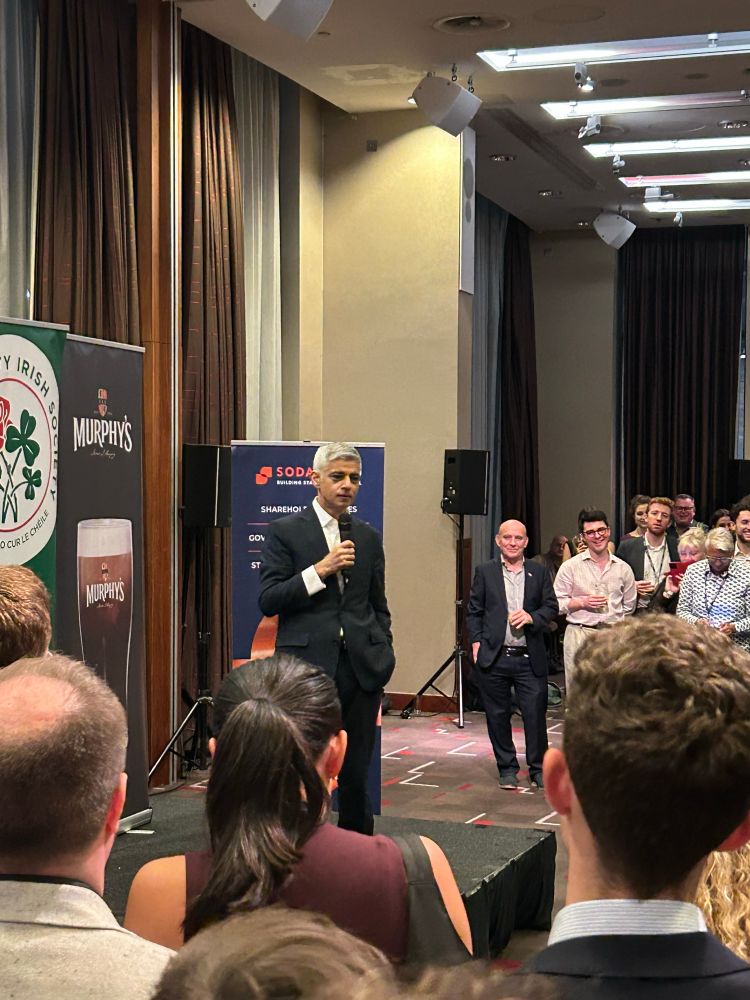
Our 'New approaches for old diseases' call for papers will be closing in THREE DAYS!
Follow the link below for more info on this special issue, and how to submit your article.
🔗 buff.ly/ECNxMp2

Our 'New approaches for old diseases' call for papers will be closing in THREE DAYS!
Follow the link below for more info on this special issue, and how to submit your article.
🔗 buff.ly/ECNxMp2






@CNEM_Bath
in
@JPhysiol
led by
@lfbradshaw
Isolating the effects of carbohydrate and lipid availability on exercise-induced skeletal muscle signalling
doi.org/10.1113/JP28...
(1/7)
#exercise #metabolism #muscle #fasting

@CNEM_Bath
in
@JPhysiol
led by
@lfbradshaw
Isolating the effects of carbohydrate and lipid availability on exercise-induced skeletal muscle signalling
doi.org/10.1113/JP28...
(1/7)
#exercise #metabolism #muscle #fasting
Read the full opinion piece in @cp-neuron.bsky.social: spkl.io/63322AbxpA
@wiringthebrain.bsky.social, @statsepi.bsky.social, & @deevybee.bsky.social

Read the full opinion piece in @cp-neuron.bsky.social: spkl.io/63322AbxpA
@wiringthebrain.bsky.social, @statsepi.bsky.social, & @deevybee.bsky.social
Read the full opinion piece in @cp-neuron.bsky.social: spkl.io/63322AbxpA
@wiringthebrain.bsky.social, @statsepi.bsky.social, & @deevybee.bsky.social


Included in-issue:
Long-haul travel and athletic performance
Sex differences in track and field
Oxidative and diffusive function in swimmers' triceps
And more! Read the issue below:
📖 buff.ly/RFAXfRu
📸 @benshunter.bsky.social et al

Included in-issue:
Long-haul travel and athletic performance
Sex differences in track and field
Oxidative and diffusive function in swimmers' triceps
And more! Read the issue below:
📖 buff.ly/RFAXfRu
📸 @benshunter.bsky.social et al
#MethodologyMonday #127
#MethodologyMonday #127
Far from perfect but recent discourse is nuts
Spending is controlled, not spiralling
Worklessness is near record lows
My column www.ft.com/content/ee67...


Far from perfect but recent discourse is nuts
Spending is controlled, not spiralling
Worklessness is near record lows
My column www.ft.com/content/ee67...
Because its architects offer whining, victimhood, lies and, most crucially, cowardice.
“One is the reception at the Labour Party Irish Society reception.
“The second is to get away from all the Sharia Law in London”

Because its architects offer whining, victimhood, lies and, most crucially, cowardice.
1/12

1/12

The World Health Organization (WHO) emphasizes that there is currently no conclusive scientific evidence confirming a possible link between #autism and use of acetaminophen (also known as paracetamol) during pregnancy
Full statement bit.ly/47YsgwI

The World Health Organization (WHO) emphasizes that there is currently no conclusive scientific evidence confirming a possible link between #autism and use of acetaminophen (also known as paracetamol) during pregnancy
Full statement bit.ly/47YsgwI

